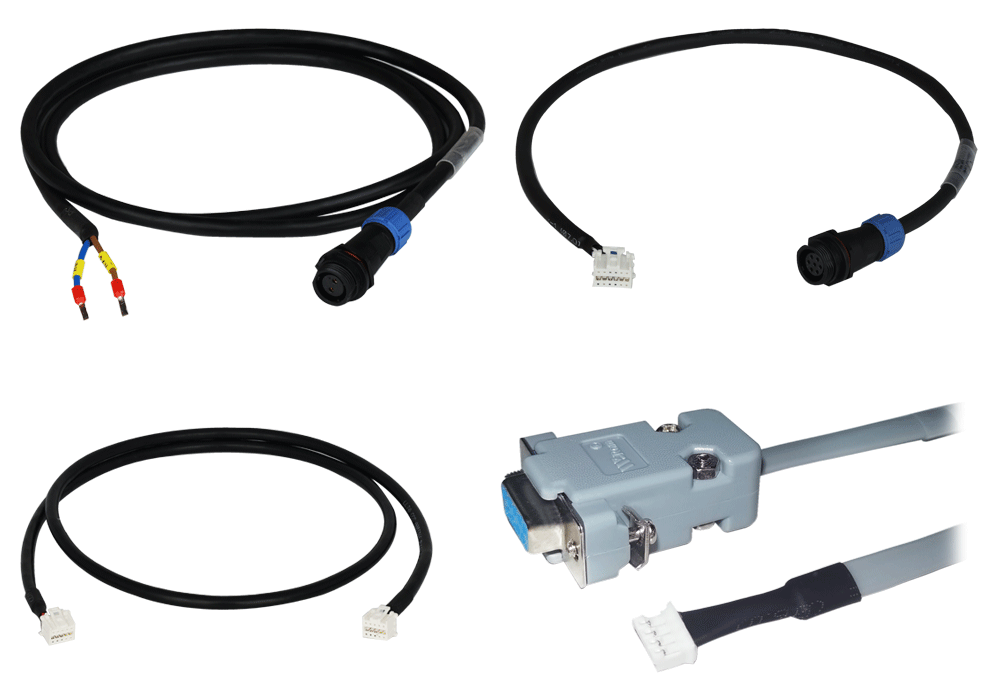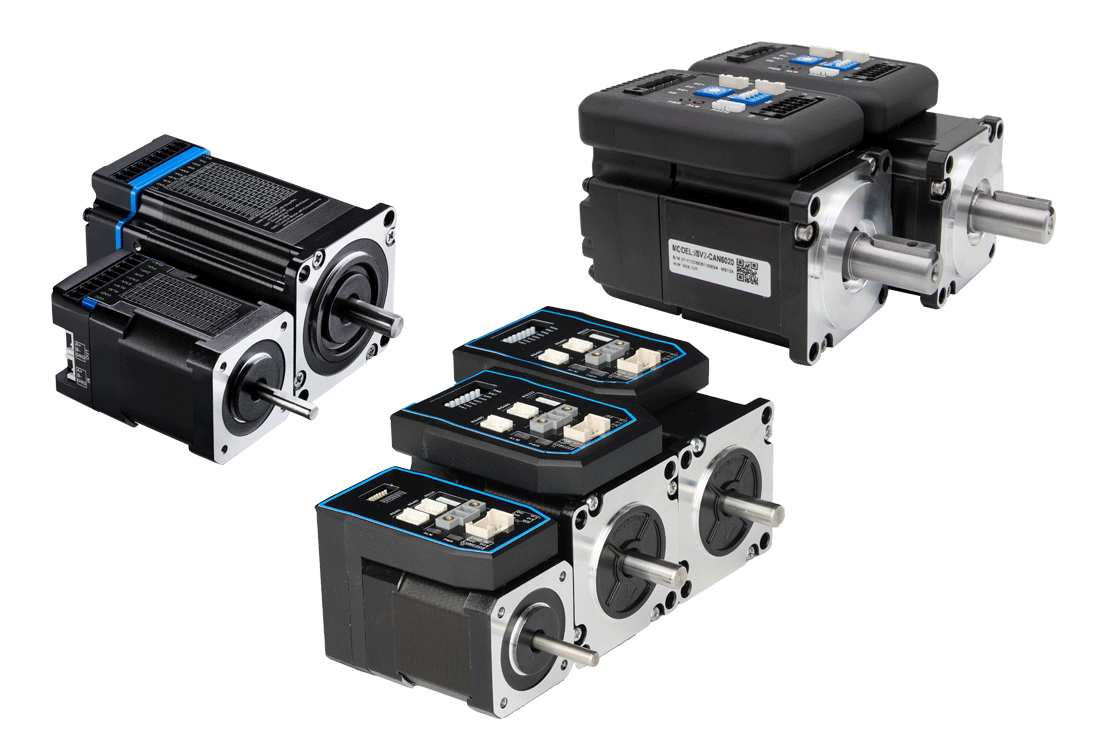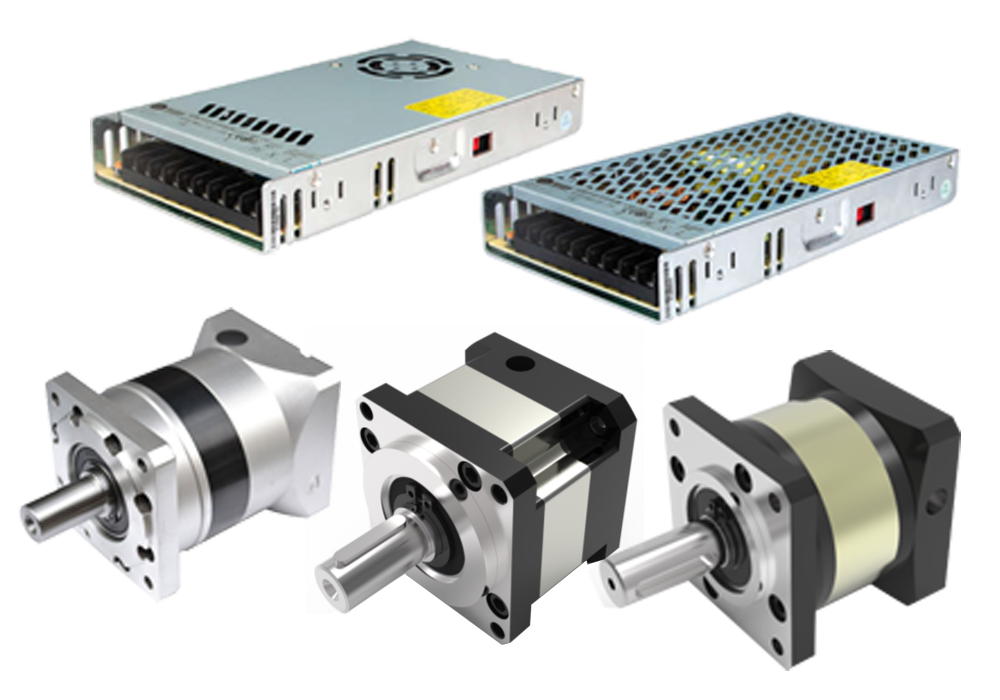
In this article, we will explore the key differences between stepper motors and servo motors, two commonly used types of electric motors in various applications.
Click to find more about difference between stepper motor and servo motor.
The Fundamental Difference

The primary distinction between stepper motors and servo motors lies in their control mechanisms. While both are capable of precise motion control, they employ different techniques to achieve it.
A stepper motor is a type of brushless DC motor that divides a full rotation into equal steps or increments. It moves from one step to another by energizing specific coils in a predetermined sequence. This makes stepper motors highly accurate for positioning tasks but less suitable for high-speed applications due to their limited torque output.
On the other hand, a servo motor operates based on feedback control using an encoder or resolver. It continuously monitors its position and adjusts accordingly to maintain accuracy and speed. Servo motors offer higher torque at high speeds compared to stepper motors, making them ideal for dynamic applications requiring quick response times.
The Role of Leadshine Servo Drive
leadshine servo drives play a crucial role in optimizing the performance of servo systems by providing precise current control and closed-loop feedback functionality.
By utilizing advanced algorithms and digital signal processing technology, Leadshine servo drives can accurately interpret command signals from controllers and deliver corresponding currents to drive the connected servomotors efficiently.
This level of precision allows Leadshine servo drives to enhance system stability, reduce vibration, minimize energy consumption, and ensure reliable operation even under varying load conditions.
About Leadshine
Leadshine is a leading manufacturer specializing in motion control solutions for industrial automation since 1997. With extensive expertise in research & development as well as production capabilities, Leadshine offers a wide range of high-performance stepper motors, servo motors, and motion control products.
Leadshine’s commitment to innovation and quality has earned them a reputation for delivering reliable and cost-effective solutions that meet the diverse needs of industries such as robotics, CNC machinery, 3D printing, medical equipment, and more.
In Conclusion
To summarize, stepper motors are best suited for applications requiring precise positioning at lower speeds. In contrast, servo motors excel in dynamic tasks where speed and torque are crucial. Leadshine servo drives further enhance the performance of servo systems by providing accurate current control and closed-loop feedback functionality.
Understanding the differences between stepper motors and servo motors is essential when selecting the appropriate motor type for specific applications. By considering factors such as required precision, speed requirements, load conditions, and system complexity, engineers can make informed decisions to optimize their motion control systems effectively.

